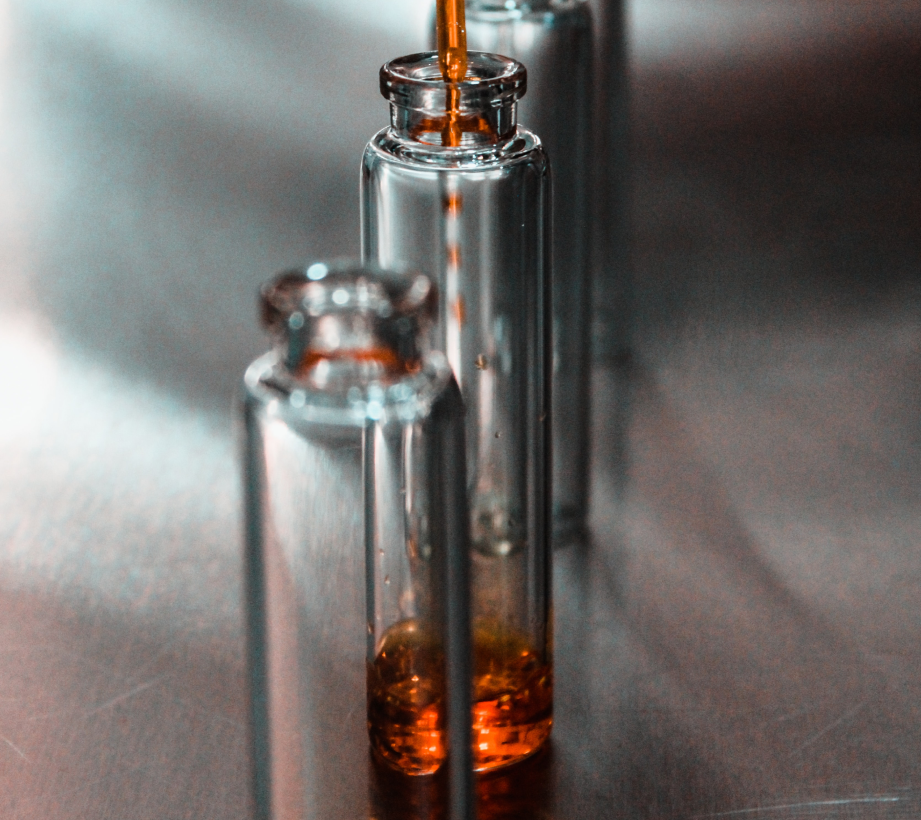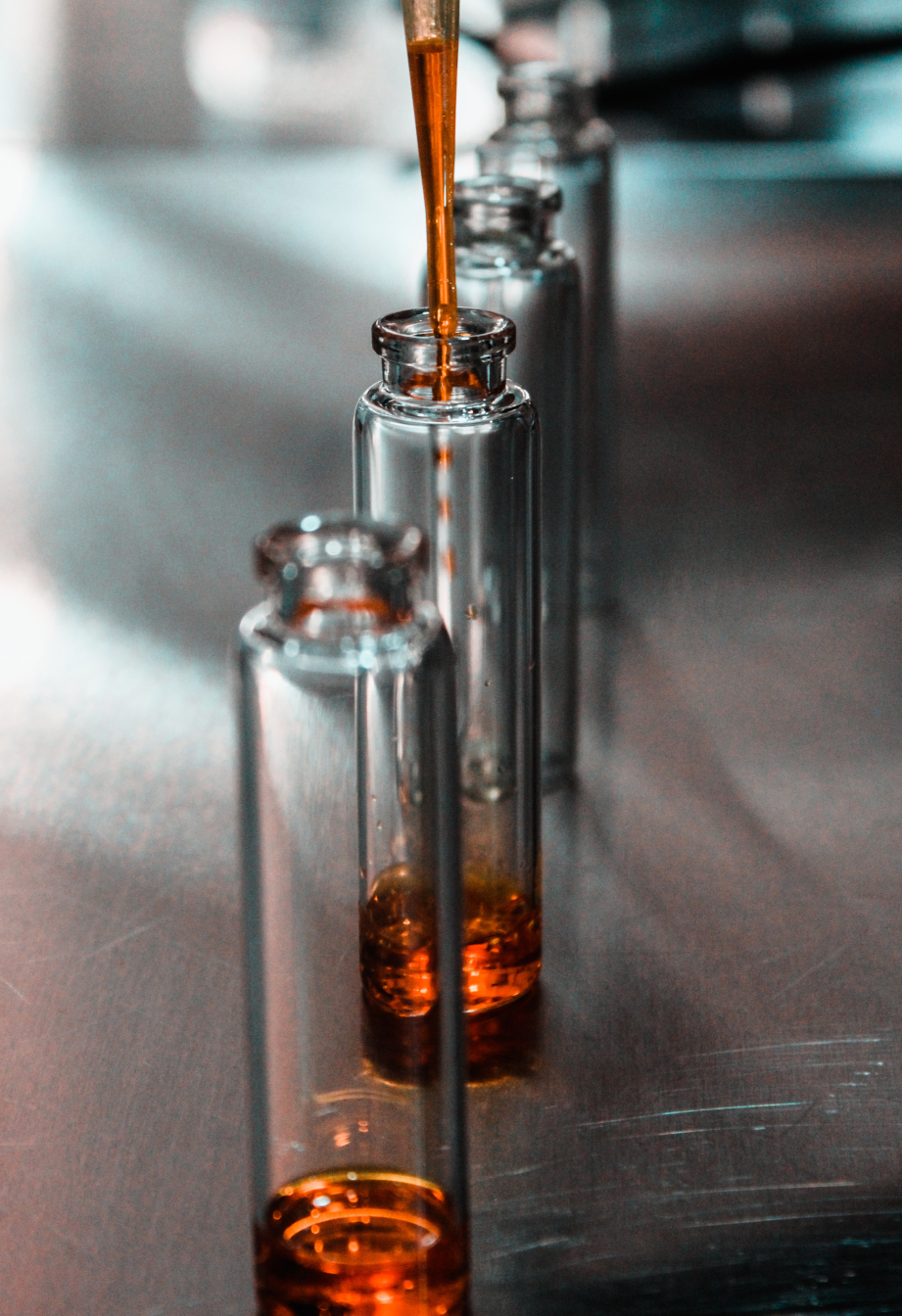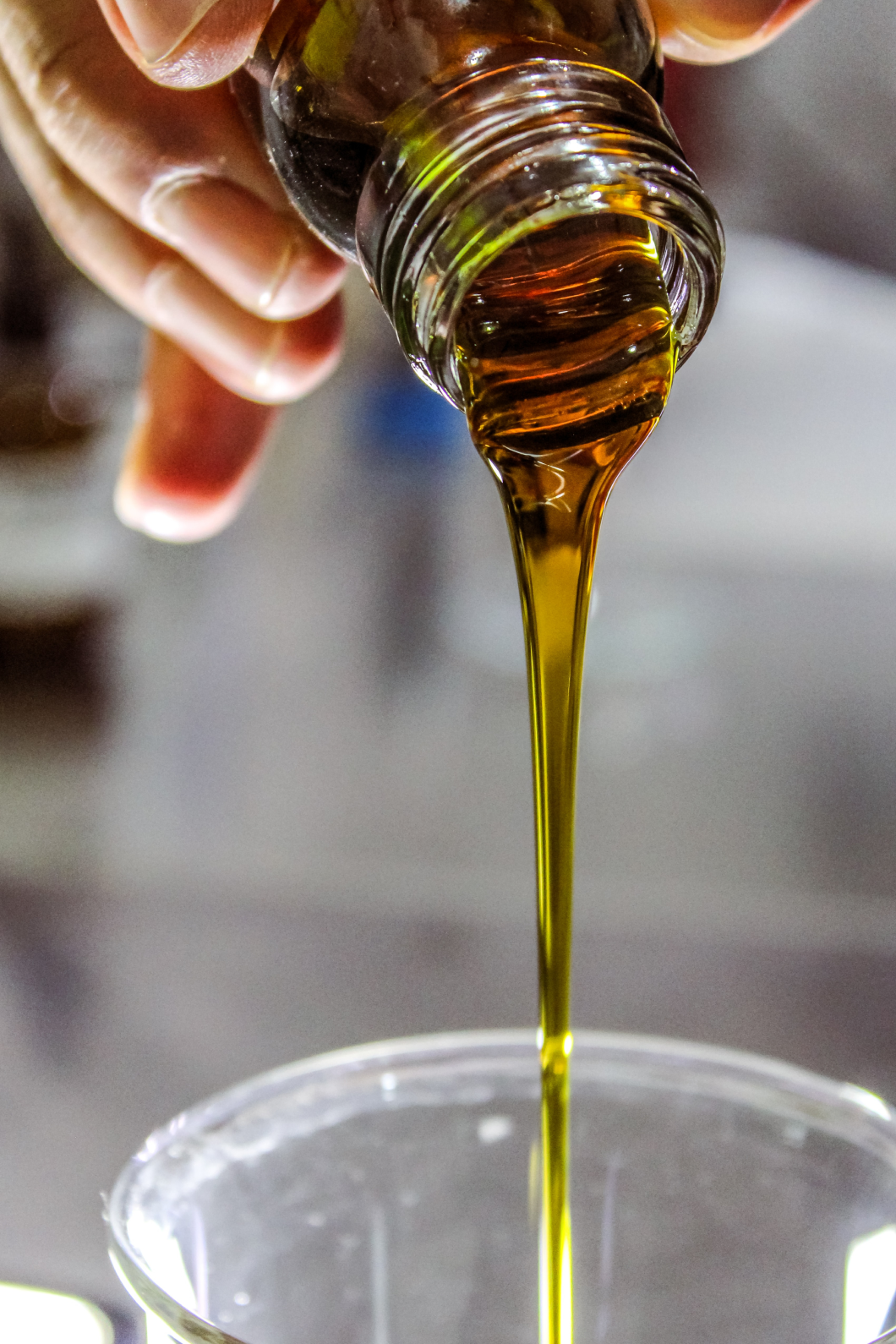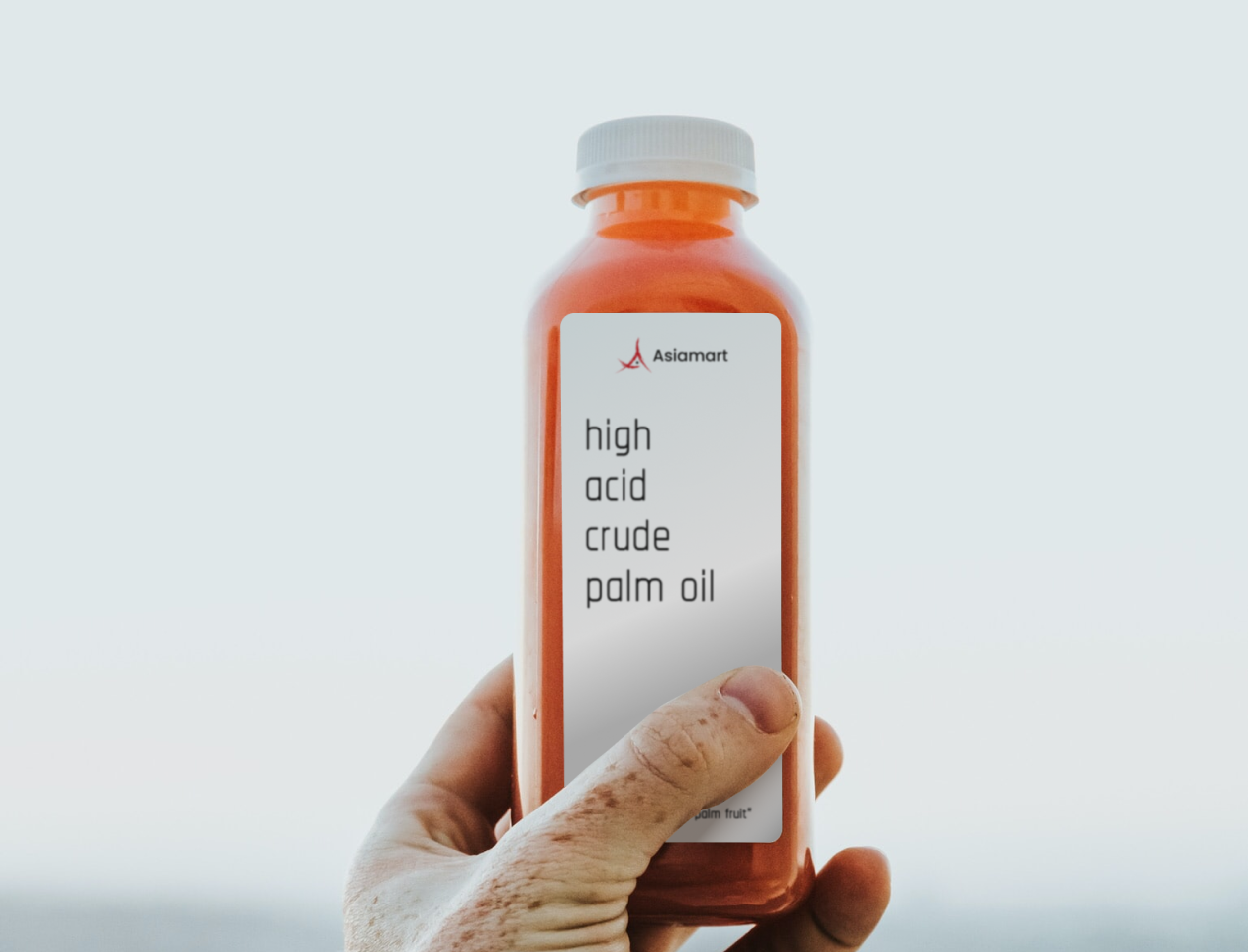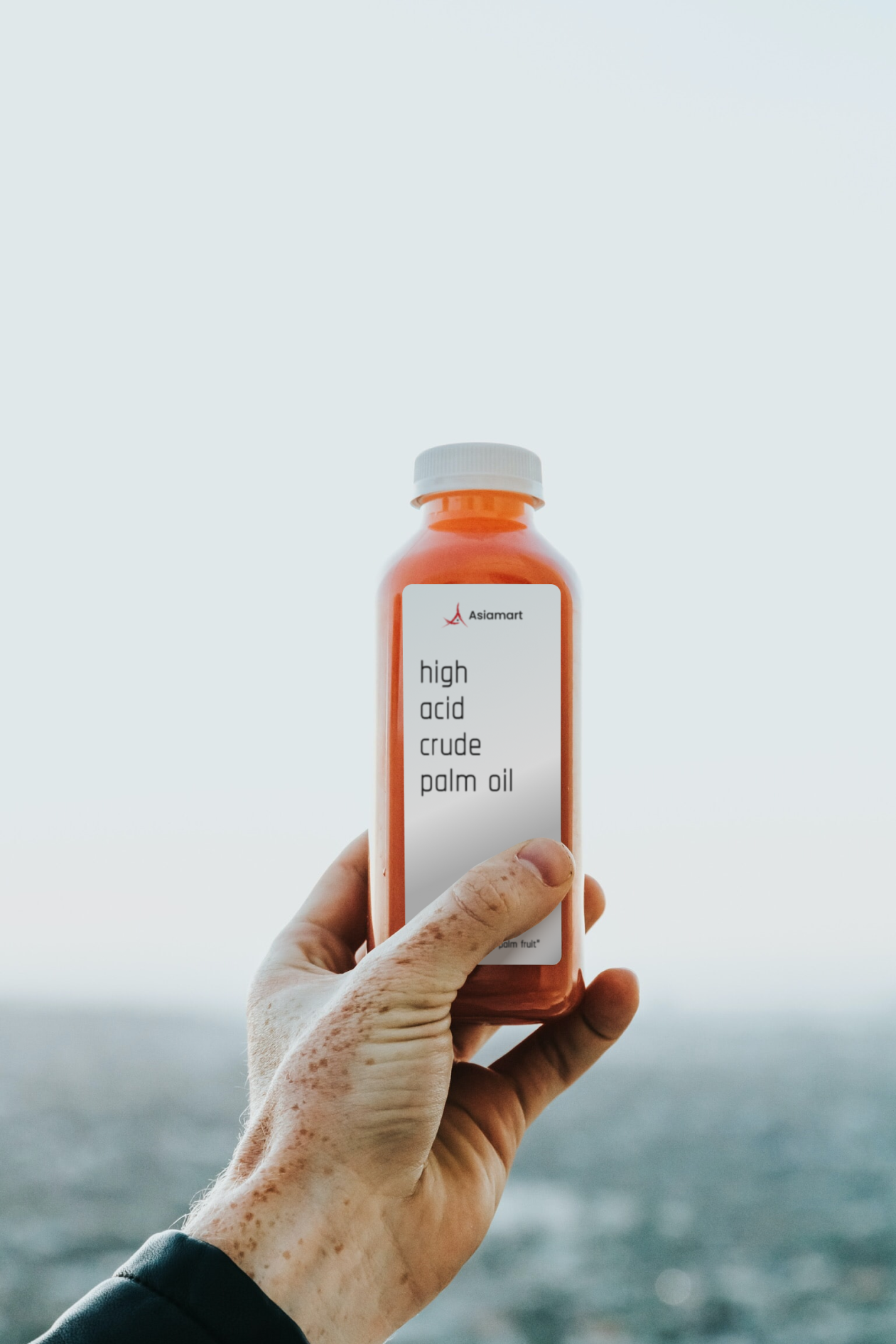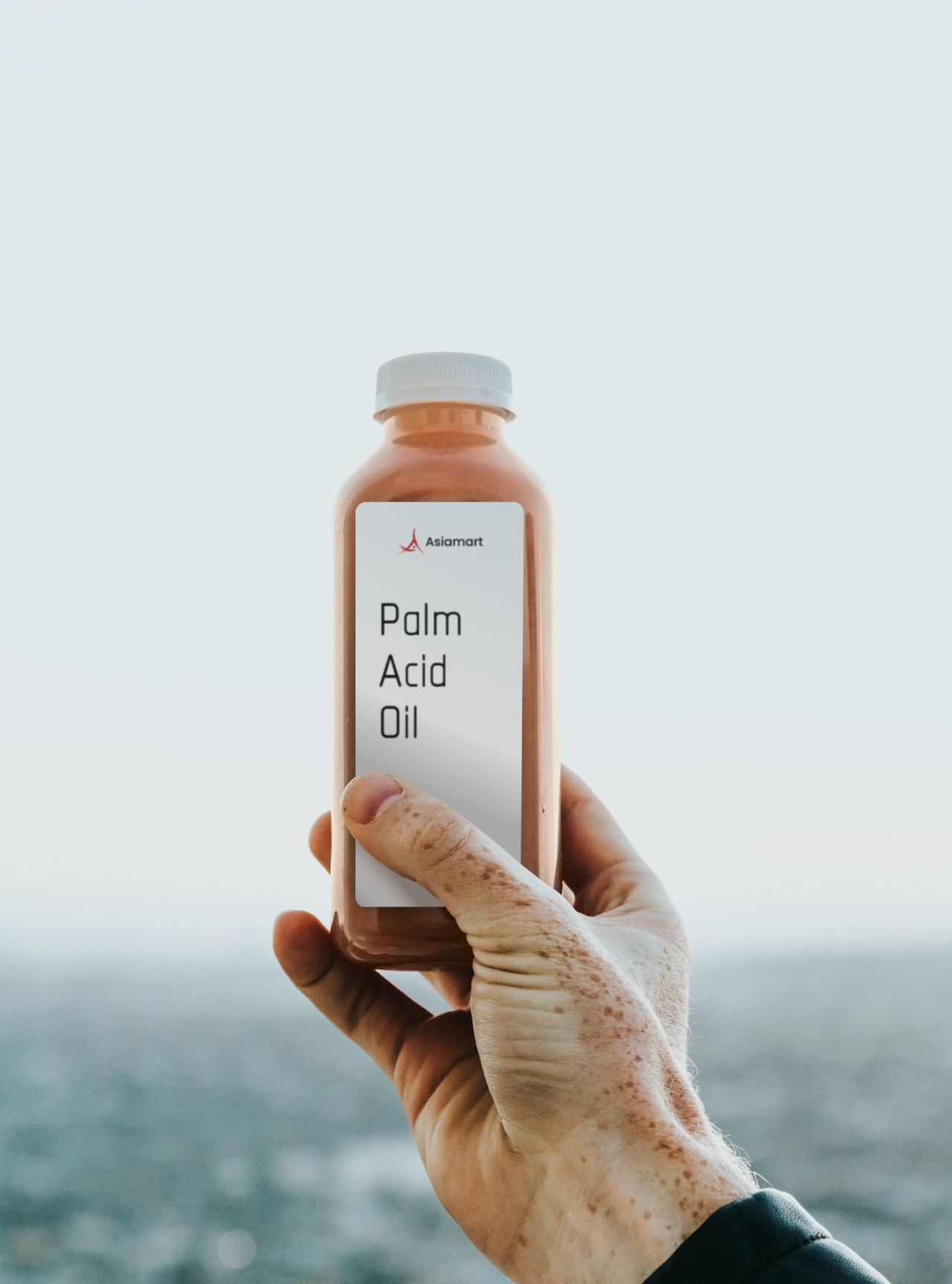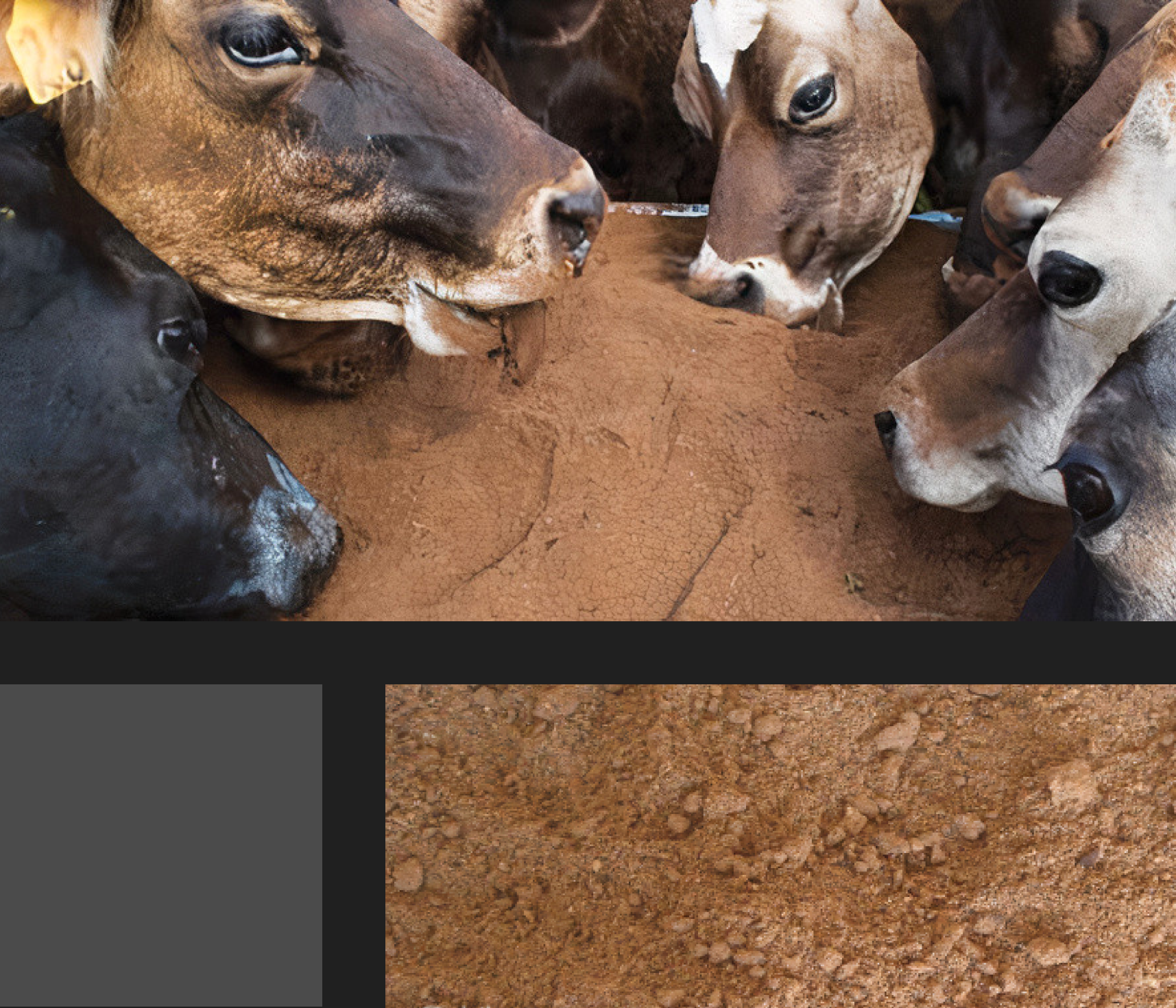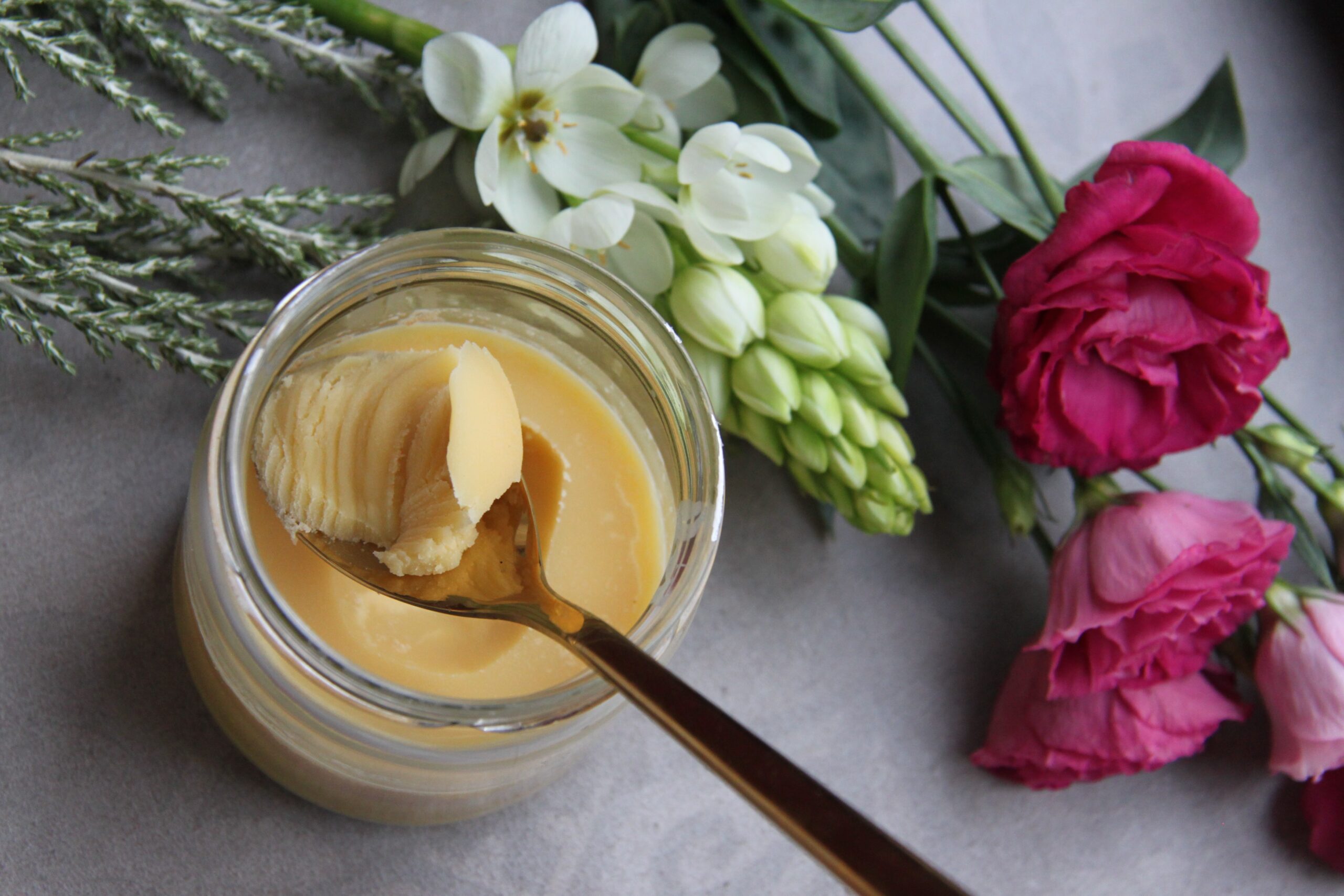CPO, which stands for Crude Palm Oil, is extracted from the seeds of the oil palm tree and is commonly utilized as a raw material in the manufacturing of cooking oil and palm oil. The oil’s distinctive reddish hue is attributed to its significant levels of beta-carotene, and it is formally referred to as Elaeis guineensis within scientific circles.
Crude Palm Oil (CPO)
Oleat : 27 – 52%
Palmitat : 32 – 59%
Linoleat : 5,0 – 14%
Stearat : 1,5-8%
Linolenat : <1,5%
Laurat : <1,2%
Palmitoleat : <0,6%
Miristat : 0,5 – 5,9%
Palm oil is a widely utilized cooking oil, particularly in South East Asia. In addition to its culinary uses, palm oil and its derivatives, known as fractions of the oil, are extensively employed in the production of pre-packaged foods, cosmetics, cleaning products, hair care, soaps, and personal care items. Palm wax is another derivative that finds use in the production of candles. Furthermore, palm oil is a source of biofuel for vehicles, aircraft fuel, and shipping, and one of its by-products is glycerin.
Crude Palm Kernel Oil (CPKO)
Crude Palm Kernel Oil (CPKO) is an edible vegetable oil that is extracted from the seeds of the oil palm tree. It is a yellowish or dark brown liquid that is used in the production of various food products and as a raw material for the manufacturing of soap, detergents, and other household products. CPKO is high in saturated fats and lauric acid, which makes it a popular ingredient in the production of many industrial and commercial products.
Color, 51/4 Cell : 8.0 Red Max
Free Fatty Acid, Lauric acid, in % : 5.0 Max
M&I, in % wt : 0.5 Max
Iodine Value, g I2/10 g : 19 Max
Crude Palm Kernel Oil has versatile uses, serving as a fundamental ingredient in the production of various food products, including cooking oil, butter, and oleochemicals such as fatty alcohol, fatty ester, glycerol, and fatty acid, among others. Furthermore, with specific processing techniques, this kernel oil can have other uses such as lubricants, insecticides, adhesives, animal feed, protective coatings, and plasticizers. Additionally, Crude Palm Kernel Oil can be refined and processed further to be used in a range of other products, such as ice cream, margarine, chocolate, confectionery products, soap, and detergent.
High Acid Crude Palm Oil
(HACPO)
High Acid Crude Palm Oil (HACPO or ACPO) is another bio-diesel feedstock with FFA content of 8~15% that is also used to produce bio-diesel which meets international bio-diesel standards such as EN 14214 and ASTM D6751.
Free fatty Acid (FFA) in %) as Palmitic: 5% – 30% max
Moisture & Impurities (M&I) as AOCS Ca 2c-25: 2% max
Iodine value (AOCS Ca 1-25): 45 min
Saponification value: 195 min
Perchloric acid shows high catalytic activity for the conversion of FFA to FAME that can be used to treat a wide range of acidic oils and fats as well.
Palm Acid Oil (PAO)
Palm acid oil (PAO) is a residual substance derived from the alkaline refining of palm oil, and is utilized in the manufacture of laundry soaps and calcium bars for animal feed formulations. The characteristics and constituent makeup of PAO may exhibit variances in accordance with the specific palm oil feedstock and alkaline refining procedure employed.
Free Fatty Acid : 30% – 70% max
MI&V:3.0% max
Saponification value : 190% mg KOH/g min
Total Fatty Matter : 95% Min
Palm acid oil (PAO) finds diverse applications as a source of fuel, animal feed, raw material in soap manufacturing, and in the production of distilled fatty acids.
Palm Kernel Shell (PKS)
Palm kernel shells (PKS) represent the residual shell fractions left behind after the extraction of the kernel from the crushed palm fruit in the palm oil mill. These fibrous shells exhibit a brownish-yellow hue and typically possess particle dimensions within the range of 5 to 40 mm. With an average calorific value of 4000 Kcal/kg and a low ash content, PKS constitute a natural, high-grade solid biofuel characterized by a high density. Depending on the intended application, we offer both processed and unprocessed PKS. Our PKS feature superior properties such as high calorific values, low sulfur content, and reliable year-round availability.
Total moisture: 11.3 %
Ash (ADB): 0.75 %
Gross Calorific Value (ADB): Minimum 4000 kcal/kg
Sulphur (ADB): Below 0.2%
Foreign Materials Content: Below 3%
Palm kernel shells (PKS) have a range of potential applications as a fuel source across various industries, including but not limited to pulp and paper manufacturing, cement production, garment production, steel printing, and power generation.
Palm Kernel Expeller (PKE)
Palm Kernel Expeller (PKE) is a residual substance obtained from the extraction of palm oil from the fruit of the palm. Characterized by high levels of crude protein and moderate energy levels, PKE represents a premium stock feed option for a diverse range of livestock types. This supplement is entirely safe for incorporation into most livestock feeding programs.
Color: brown
Protein min. 13 %
Fat min. 15 %
Raw fiber max 15 %
Impurities max 15%
Moisture max. 10%
Palm Kernel Expeller (PKE) can serve as a viable source material for plant-based animal feed.
Palm Fatty Acid Distillate (PFAD)
Palm Fatty Acid Distillate (PFAD) is a by-product of the palm oil refining process. It is a brownish-yellow liquid with a distinctive odor that is widely produced in the palm oil industry. Despite being a by-product, it is an important resource that has various industrial applications. Its production and utilization have become a crucial part of the palm oil industry’s sustainability efforts, as it helps reduce waste and optimize the use of resources.
Free Fatty Acid, as Palmitic Acid (FFA) Max. 0.2
Moisture & Impurities (M & I) Max. 0.15
Iodine Value, Wijs (IV) Max. 48
Colour, 5 ¼ “ Lovibond Cell Max. 3.0 R
Palm fatty acid distillate (PFAD) commonly used in soap manufacturing, animal feed, and biofuel production. It is also used as a raw material in the oleochemical industry, which produces various products such as fatty alcohols, fatty acids, and glycerol. In addition, PFAD is used in the production of rubber and other chemical products. Its unique properties make it a valuable resource for many industries, and its utilization has become an essential part of the palm oil industry’s sustainability efforts.


